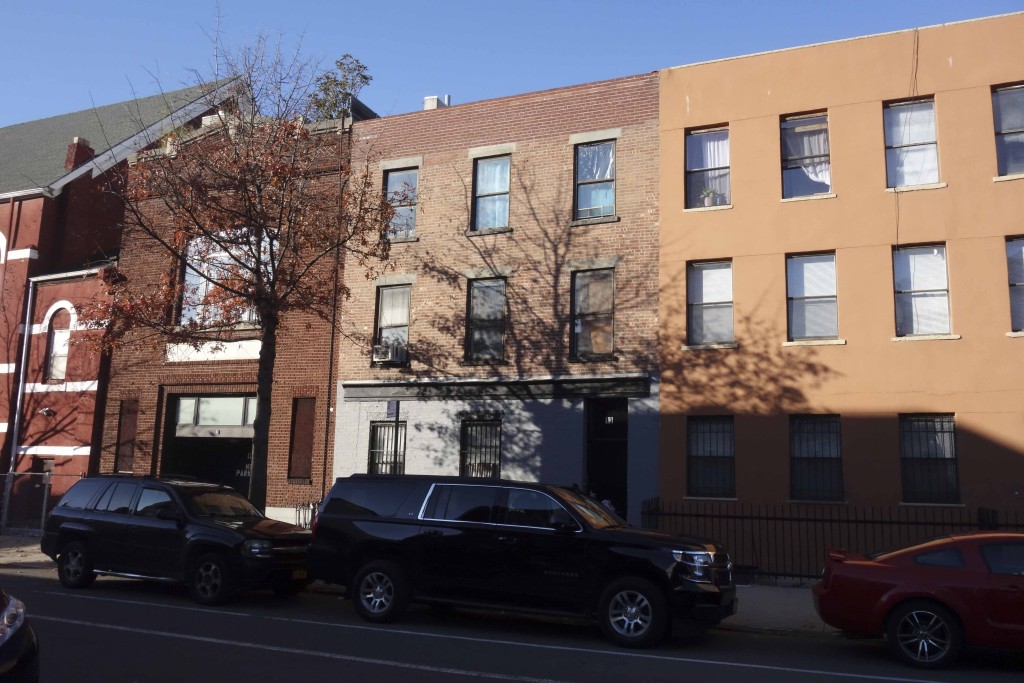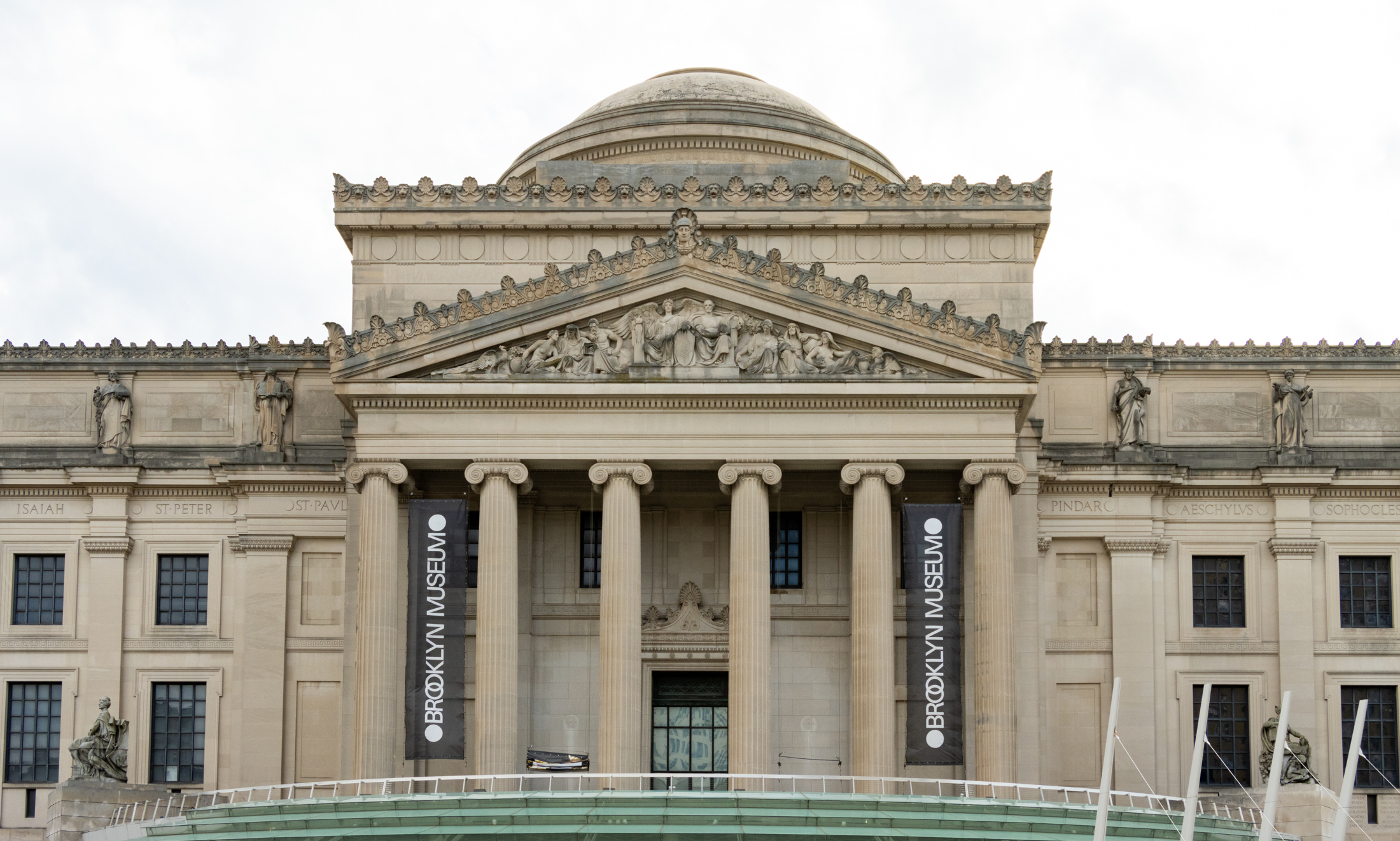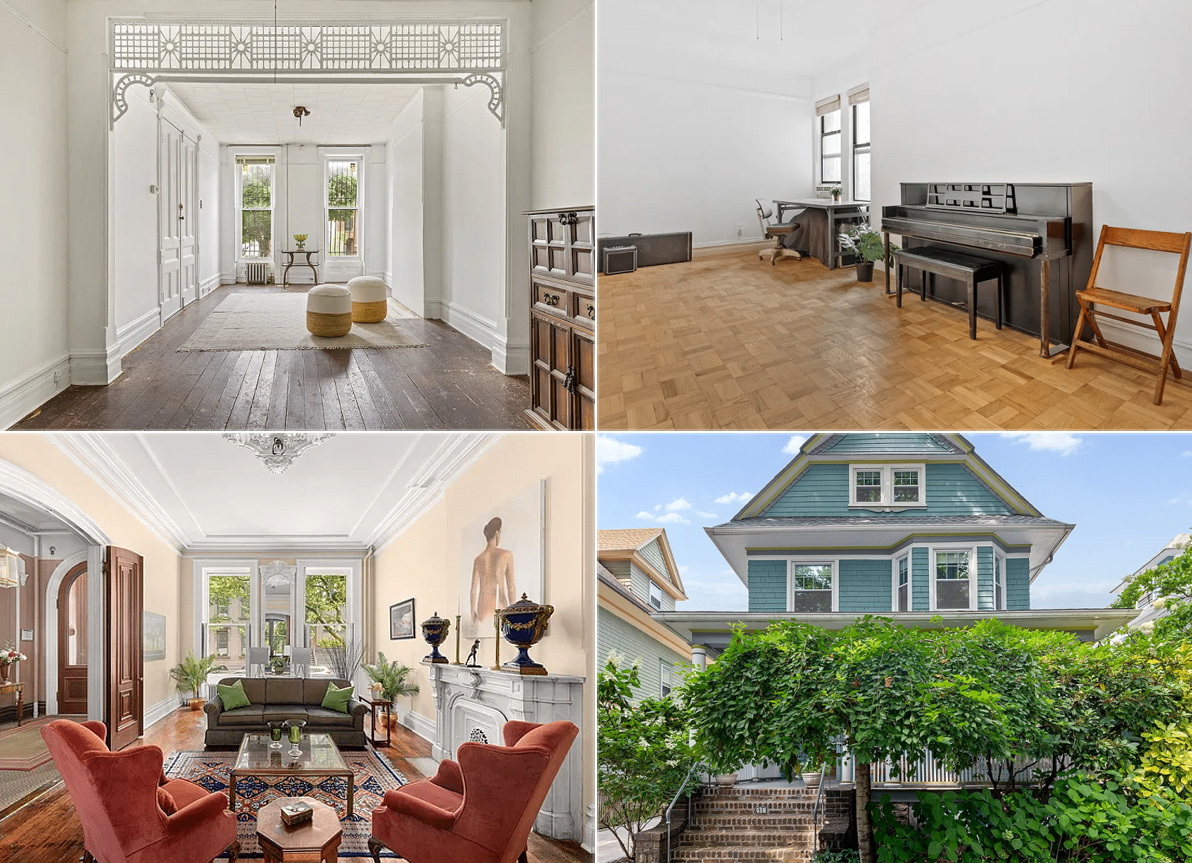Walkabout: Pourquoi Parquet, Part 2 (1880-1900+)
Read Part 1 of this story. As America rushed headlong through the second half of the 19th century, clutched firmly in the hands of householders in 1872 were the Bible, and Charles Eastlake’s Hints on Household Taste in Furniture, Upholstery and Other Details. The influence of this English taste master cannot be diminished. Among his…


Read Part 1 of this story.
As America rushed headlong through the second half of the 19th century, clutched firmly in the hands of householders in 1872 were the Bible, and Charles Eastlake’s Hints on Household Taste in Furniture, Upholstery and Other Details. The influence of this English taste master cannot be diminished.
Among his many pronouncements was to advocate the return of the hardwood floor. Eastlake maintained that the best flooring for a proper house was an Oriental rug over a hardwood floor.
Along with William Morris, whose own ideas were gaining ground in the US, Eastlake wanted the weaver’s art and craftsmanship of the rug to be noticed and appreciated. He also stated that Oriental rugs were not as wasteful as wall to wall carpet, which could not easily be reused in another room, and most importantly, hid the floor, contrary to the first principles of decorative art, which require that the nature of construction….should always be revealed. American writers agreed, advocating hard wood and parquet floors.
All of a sudden, carpets were reviled as carriers of dirt and filth from outside the home and very liable to putrefy when subjected to damp and warmth. In the space of a few years, the trend shifted from wall to wall carpet to hardwood floors and exotic carpets from the Orient, a trend which would carry well into the next century.
Unfortunately for homeowners not buying new homes, that left them with now inferior and outdated softwood floors. What to do? The critics advocated several options: lay down parquet, which Eastlake wrote was much in vogue in England, but that could be quite expensive.
One could compromise and lay a parquet border around three feet into the room from the walls, and put a carpet in the center of the room, (what we today would call faking it), paint, or put down a wood carpet. I recently saw a house with the second option. The room had a plain hardwood perimeter extending about four feet into the center of the room.
It had an attractive border, as well. In the middle of the room, which was originally a bedroom, was a large square space which was not parqueted, and was originally subfloor, although someone had taken up the carpet, probably long ago, and substituted vinyl tile. This was in a high end house by a well known architect, which was built in the 1890’s, so this practice was not restricted to retrofitted earlier houses, or that uncommon. If a large Oriental carpet had been laid, the bed would have covered most of it anyway, and no one would ever have known.
For many homeowners, wood carpeting was the way to go. Wood carpet was thinner than regular parquet, and was composed of strips of hardwood, about a quarter of an inch thick, glued to a heavy muslin backing. It could be installed right on top of existing flooring.
During the 1880’s, the Decorative Wood Carpet Company of Warren, Ohio, carried over 50 patterns. The carpet could also be used as wainscoting, and the company also made floor medallions and borders. The price was competitive with that of Brussels and other carpets, at around $1.75 a linear yard.
Painting was also still an option, but now, instead of trying to paint faux carpeting, the critics advocated stains and paint that mimicked inlaid woods, or for less work, better grades of wood. Tile, especially in hallways and entryways was also more popular than ever, especially with the popularity of Minton tiles gaining strength.
These were expensive, however, and soon American companies were following suit, making both glazed Minton-like tile, as well as encaustic tile. Floorcloths were still popular in hallways and service areas, but the critics condemned the popular practice of painting faux marble and stone cloths, and advocated simple geometric designs.
Linoleum also had been invented, and soon became a popular flooring, especially in halls and kitchens. Straw matting was still extremely popular for bedrooms, especially in the summer, and in warmer climates. It was now dyed, or stained in colors and patterns, and usually had fabric borders that coordinated with the room, much like today’s sisal and grass flooring.
Ironically, now that wall to wall carpet was at its cheapest, because of so many advances in the technology of weaving, the critics and domestic reformers had thrown it under the bus. Oriental rugs were the new carpet, rugs made by the hand of craftsmen, not machines. Eastlake, Morris, and their American counterparts were adamant on this principle. But the majority of Americans, ie those not rich, stuck with their machine made carpets and rugs. The only thing that changed was the popularity of Eastern style geometric patterns, replacing the fad for fruits and flowers and foliage underfoot.
By the last decade of the 19th century, and well into the 20th, hardwood floors became the norm for all new construction. Plain strips of tongue and groove flooring, usually in oak, was now throughout most custom made and spec houses, in hallways, ground floors, and upper floors. Most parlor floors enjoyed parquet floors, usually with a decorative border. The ornateness of the patterns, and the types of wood used were dictated by the money spent.
The best parquet was 7/8 thick, put together with tongue and groove edges. The borders, often quite ornate and complicated, are also tongue and groove, and used different woods for color changes. Good parquet was about 1/2 thick, and was nailed to the subfloor. Some styles featured alternating blocks, consisting of strips of wood, others are a more European herringbone pattern, and some floors just narrow strips of wood laid on the diagonal running from one end of the room to the other, with a wide border.
These borders are also nailed down, and may be all oak, with some stained a darker color. Wood carpet was still in use, and was still extremely popular, and is in many of our homes today. By the 1890’s, it was 3/8 thick, still glued to a muslin back, and then nailed down with finishing nails. Many homeowners today have discovered that they have this kind of parquet, when too many sandings have rendered the parquet paper thin.
The woodwork of the day was made to show off the natural colors and grains of the wood, whether oak, walnut, mahogany or other exotic wood. The floors would have done the same. We often think the woodwork in late 19th century was dark and oppressive. Often that is because we are seeing it after over 100 years of old shellac and varnish, dirt, wear and tear. When the detritus of a century is removed, the natural wood shines. The same holds true on hardwood floors.
In closing, by the end of the century, wood floors were not what they were at the beginning of the century. In 1898, the Wood-Mosaic Company of Rochester, NY wrote in an article entitled,How to Treat a Soft Pine Floor : If very bad use it for kindling wood.
Most soft pine floors are very bad. If in fair condition, cover it with thin parquetry or wood carpet. Or, if it must be scrubbed and mopped like a barroom or a butcher’s stall, cover it with linoleum or oil cloth. In this case don’t cover with parquetry. Don’t cast pearls before swine. Or it may be painted. Paint adheres well to pine. Don’t cover it with a dusty, dirty, disease disseminating carpet. Luckily, today we can make up our own minds.
My source for most of this information was the wonderful Victorian Interior Decoration: American Interiors 1830-1900 by Gail Casky Winkler and Roger W. Moss.









Just had time to read everyone’s comments.
Bessie, that’s so interesting about the style and date of your house, and that your neighbor’s house is similar but different. Curious whether the area was super fancy when built, middle class, etc.?
Also, Brenda, remarkable the lino rug is still going strong. Is it in the living room?
Yeah, Grand Army, us too. Guess those late Victorians didn’t all have beautiful hardwood parquet floors, too bad for us. 🙁
Montrose, that first photo makes me delirious with joy every time I see it.
When I bought my house the floors just looked like a uniform dark wood parquet pattern but when I had them stripped there were different woods & the floors had designs around the edges. I think it’s probably wood carpeting. Fascinating piece!
Very interesting piece.
MM is Brownstoner’s MVP!
If only I paid the same attention at work that I do on house tours! We’re fortunate that our own (much smaller) NeoGrec has tons of detail. But when after buying it 10 years ago we finally got to pull up layers and layers of linoleum, we discovered — to my intense disappointment — pine planking and no parquet. Ah well.
Awesome specimens there, esp. the MC Escher-like ‘stars’ pattern, never saw that before! We’ve actually got a 20s-vintage “linoleum rug,” lino patterned to look like an (ugly) floral rug! So wrong on so many levels, but it has worn like iron…
My keyboard is sticking like crazy in this humidity. “Floor”, not floo!
Grand army, you have a good memory. Same floo, you are correct. It must have made quite the impression. I thought it was amazing, too.
Manhattanite, I agree with bessie for a classic look. Definitely waxed, not high gloss gym floor poly.
Of course, you can do whatever you choose, I don’t believe in living in a museum. Some people like dark floors, I think they are wonderful, myself, but too high maintainance. I saw a house where the owner stained the parquet floors a deep shade of green. Period, no, but it looked great in the context of the rest of the room and the decor, and they preserved the floors, instead of tearing them up. A future homeowner could change it back to the natural oak color, an involved job, to be sure, but better than trying to replicate the period parquet. So go with what you love. My only caveat is if at all possible, make changes that can be reversed by someone after you, or by you, as styles and trends change.